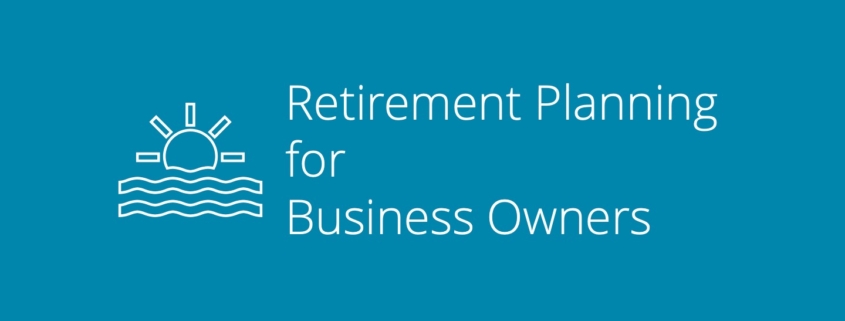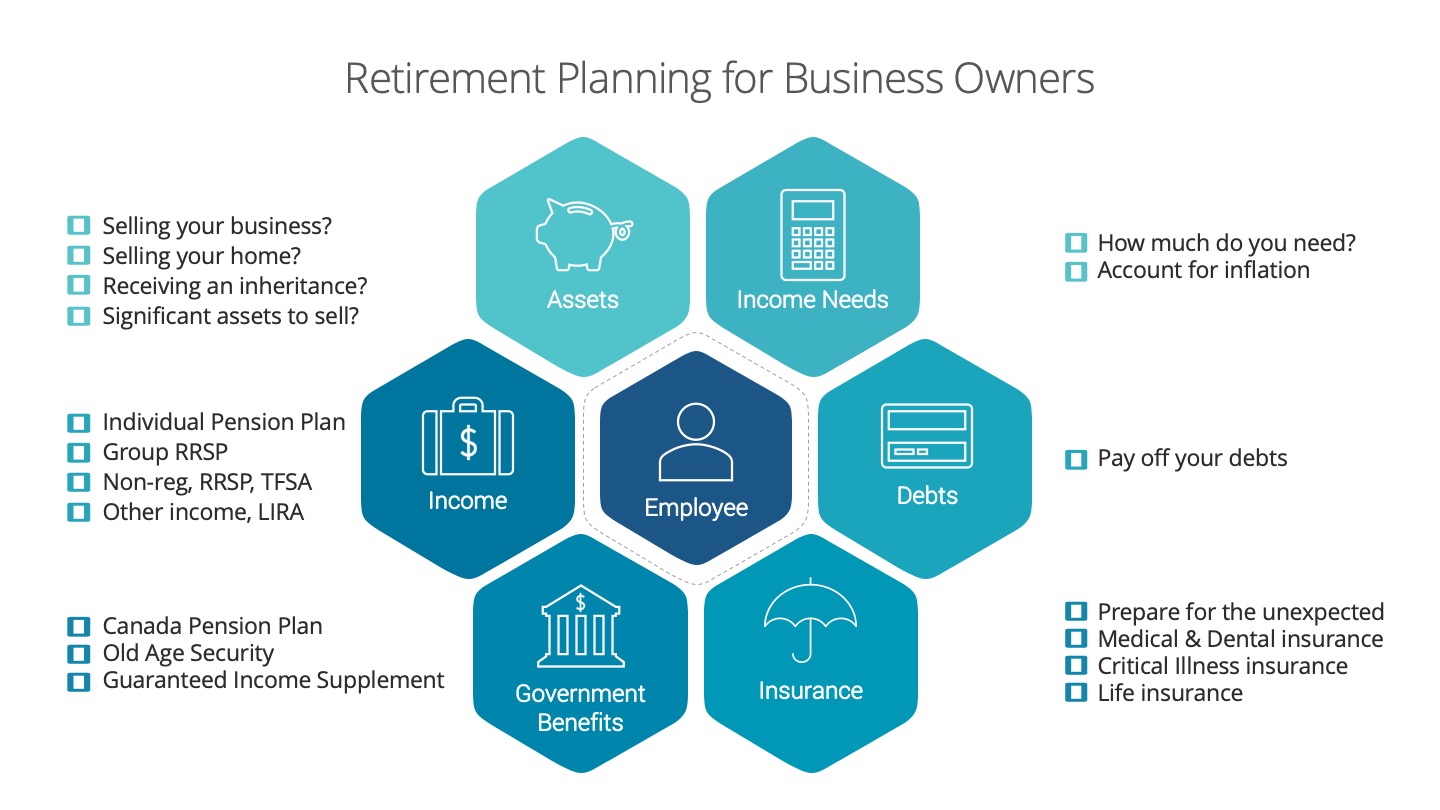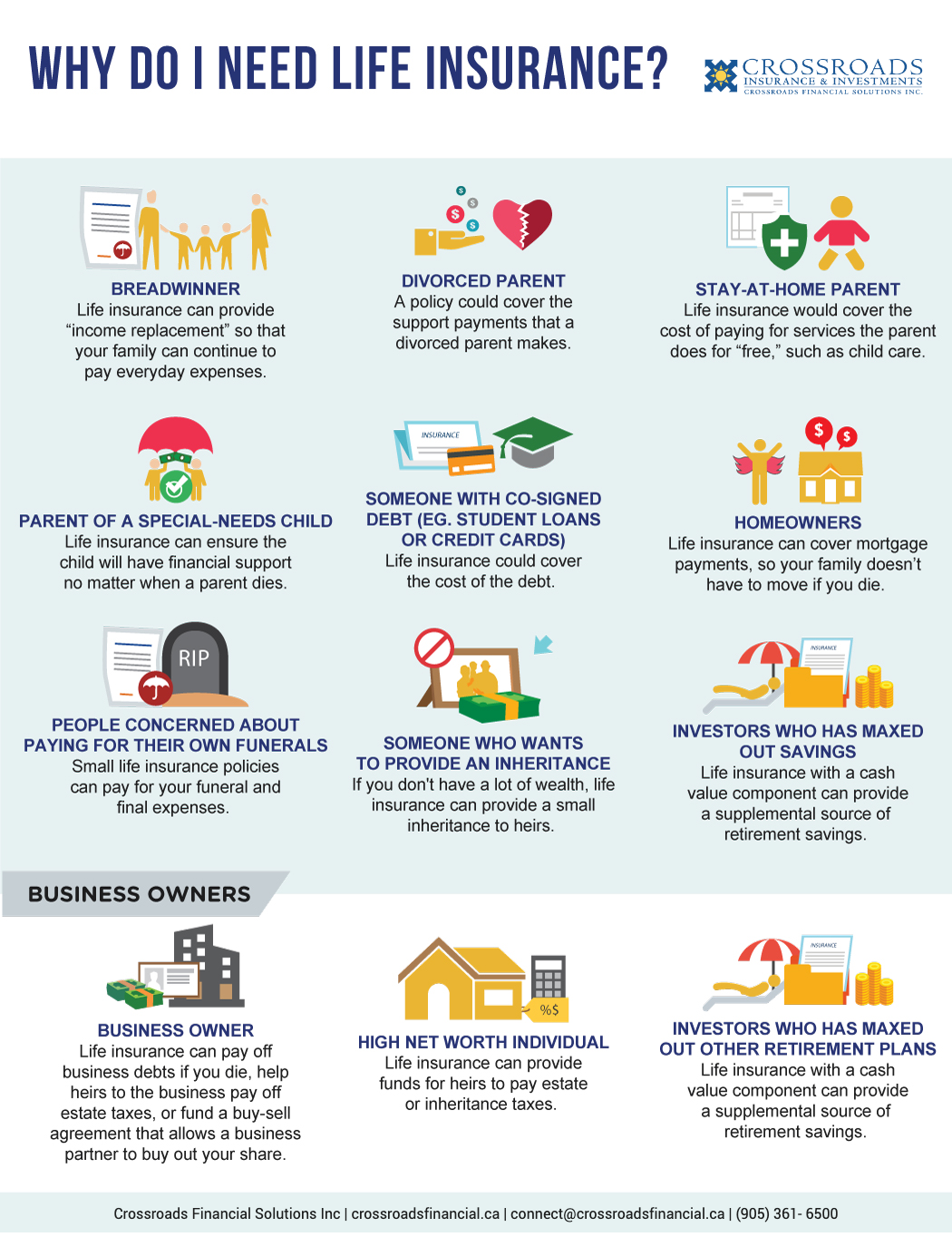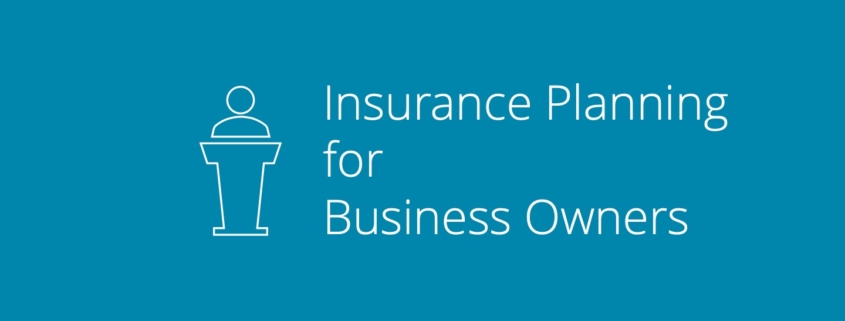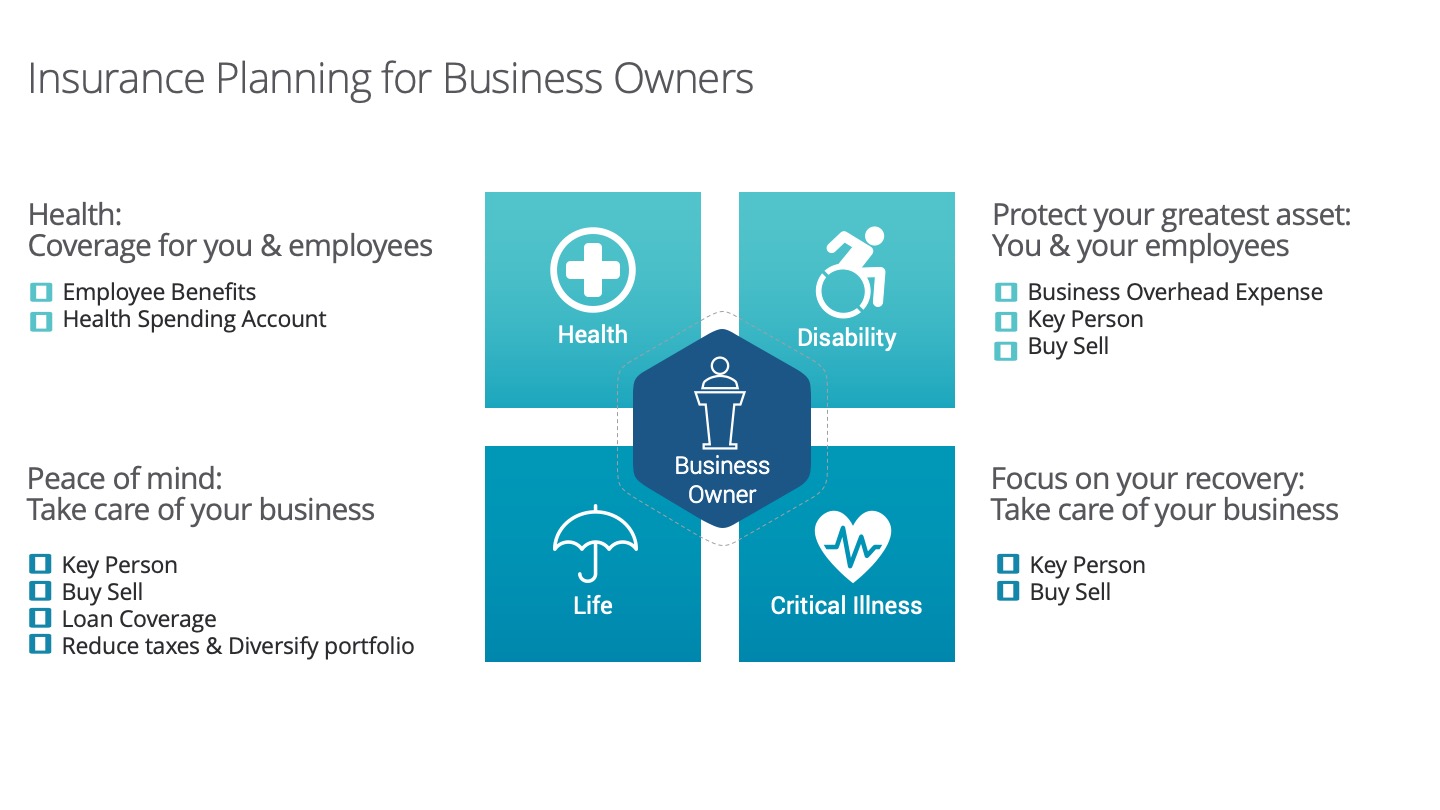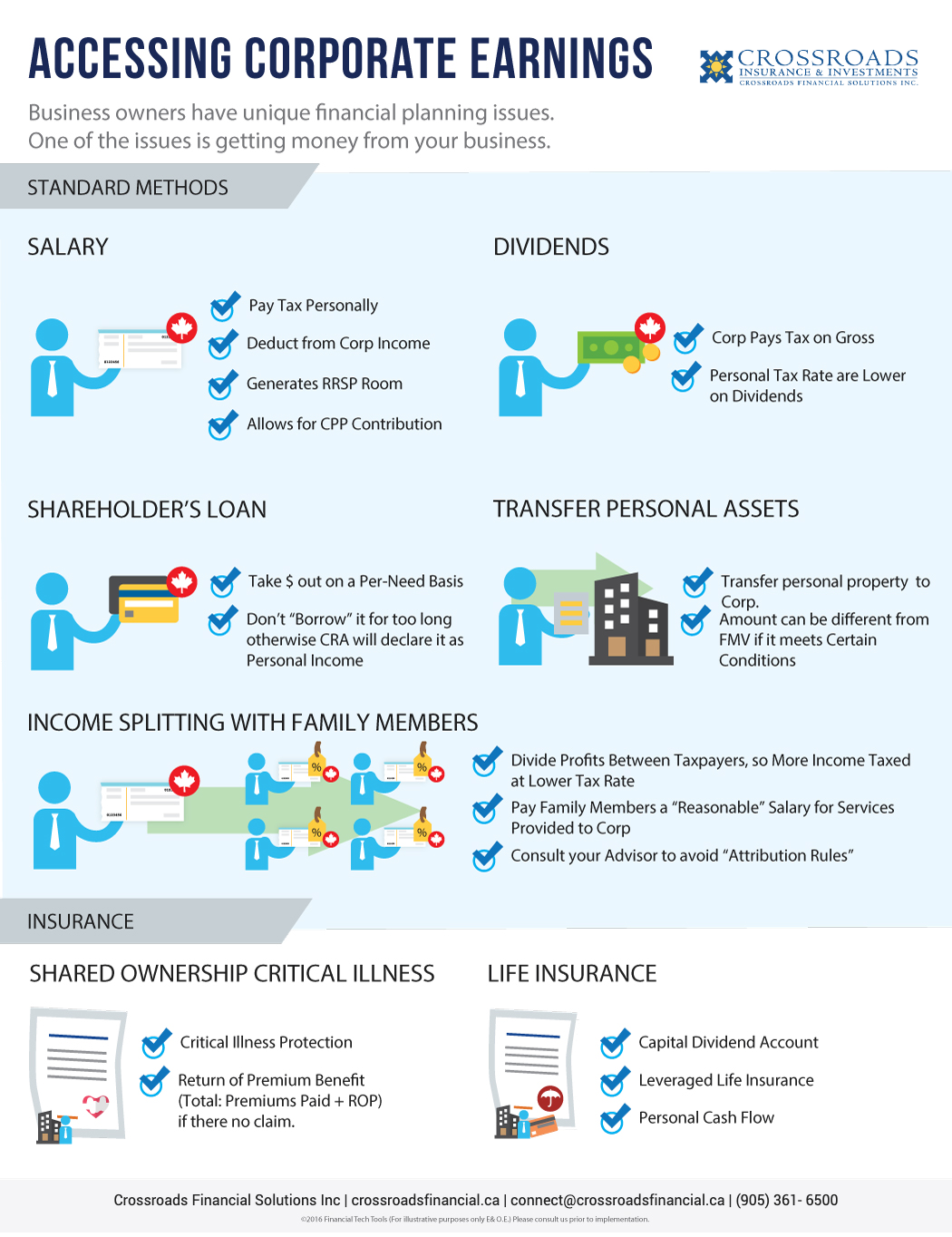Ontario 2023 Budget Highlights
Ontario 2023 Budget Highlights
On March 23, 2023, Ontario’s Minister of Finance delivered the province’s 2023 budget. Here are some of the highlights.
No Changes To Corporate or Personal Tax Rates
Budget 2023 did not change Ontario’s corporate or personal tax rates.
Corporate Tax Credits
Budget 2023 introduces a 10% refundable Manufacturing Investment Tax Credit for Canadian-controlled private corporations (CCPCs). This tax credit applies to qualifying capital investments related to manufacturing or processing, with the goal of helping Ontario manufacturers lower their costs and become more competitive.
The budget confirms extending eligibility for Ontario’s film and television tax credits to productions distributed exclusively online.
Budget 2023 also confirms that the province will align with the federal government’s increase in the upper limit for the small-business deduction phase-out range from $15 million to $50 million. This change will take effect for taxation years beginning on or after April 7, 2022.
Consequently, the small-business deduction will only be reduced to zero once a Canadian-controlled private corporation (CCPC) and its affiliated companies have a combined taxable capital of $50 million or more.
Indirect Tax Changes
As of July 1, 2023, a single 12% tax will be applied to wine and wine coolers sold in off‐site winery retail stores. This includes wine boutiques. This tax will replace the four separate tax rates currently applied and is expected to result in an overall tax reduction of about $4 million per year.
Increasing Healthcare Options
Budget 2023 commits $200 million to help the healthcare workforce grow, including training more nurses and helping foreign-trained nurses and doctors attain accreditation in Ontario. In addition, $569 million will be spent to expand home care options.
To help address backlogs, an additional $72 million has been committed to providing OHIP-covered surgeries at community surgical and diagnostic centres.
Over three years, $425 million has been committed to mental health services.
Supporting Communities
The Guaranteed Annual Income System, designed to assist low-income seniors, is set to expand. With an increase in the private income threshold, approximately 100,000 more seniors will be eligible to benefit from the program starting July 2024. The Ontario 2023 budget includes plans to adjust the benefit annually to keep pace with inflation.
Budget 2023 contains $22 billion to build more schools and childcare spaces.
Supporting The Economy And Infrastructure
Ontario is investing an additional $3 million this year to help junior mining companies finance mineral exploration and development.
Budget 2023 commits $224 million to build and upgrade training centres in Ontario and $75 million to the Skills Development Fund over the next three years. The Skills Development Fund aims to help employers address challenges related to hiring, training or retaining workers.
Budget 2023 also includes funding to help ensure Ontario has the infrastructure it needs:
-
$27.9 billion will be spent to support highway expansion and rehabilitation project planning and construction.
-
Over the next ten years, $70.5 billion will be spent on transit, strongly emphasizing supporting GO transit and expanding the Toronto subway system.
We can help!
Wondering how the budget will impact you? Reach out to us – we’re here to answer any questions!


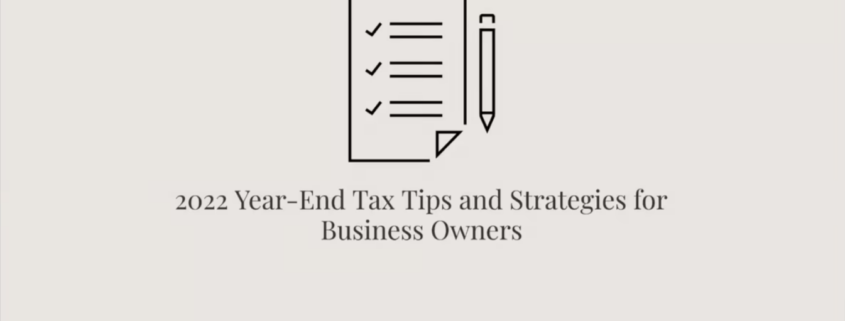





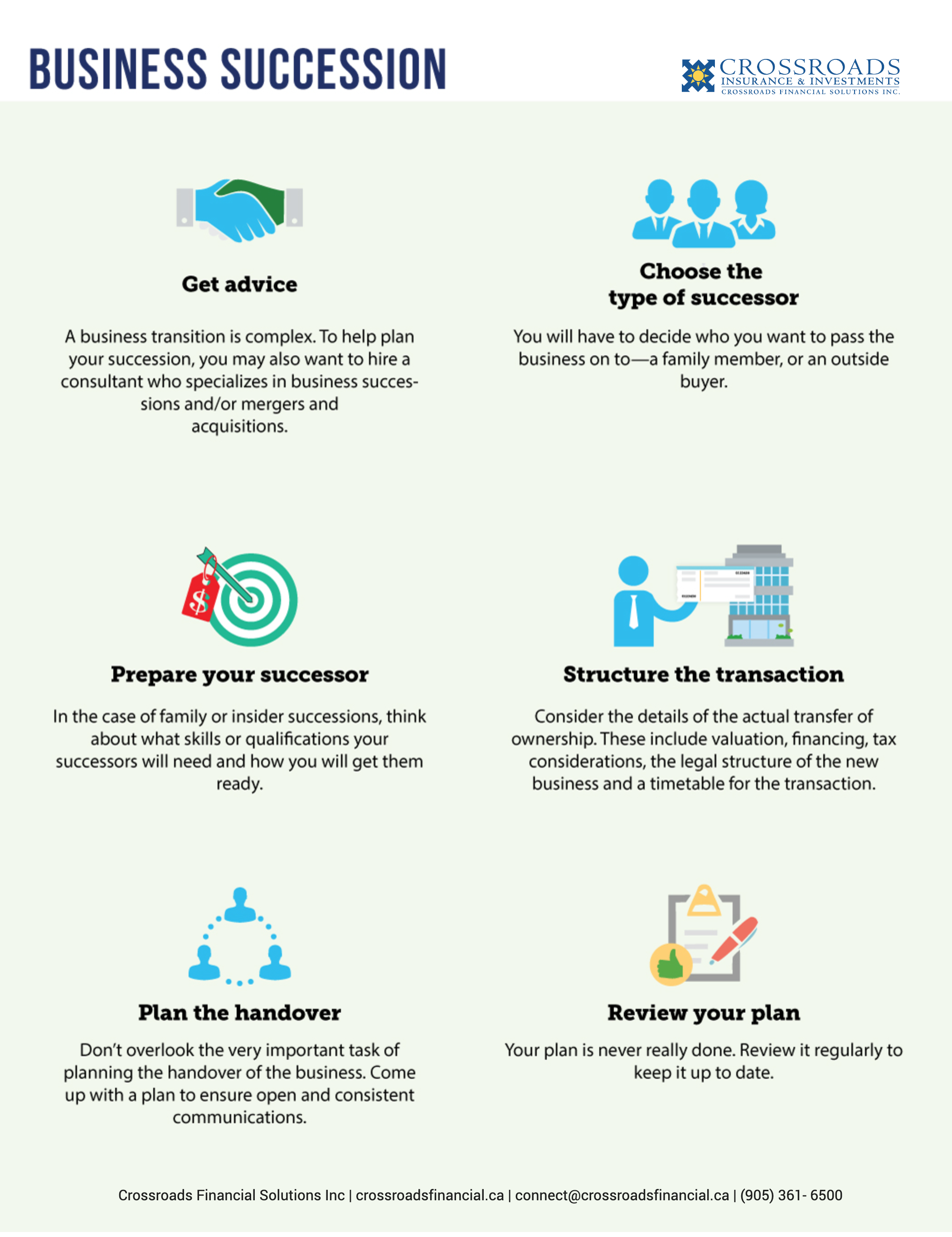

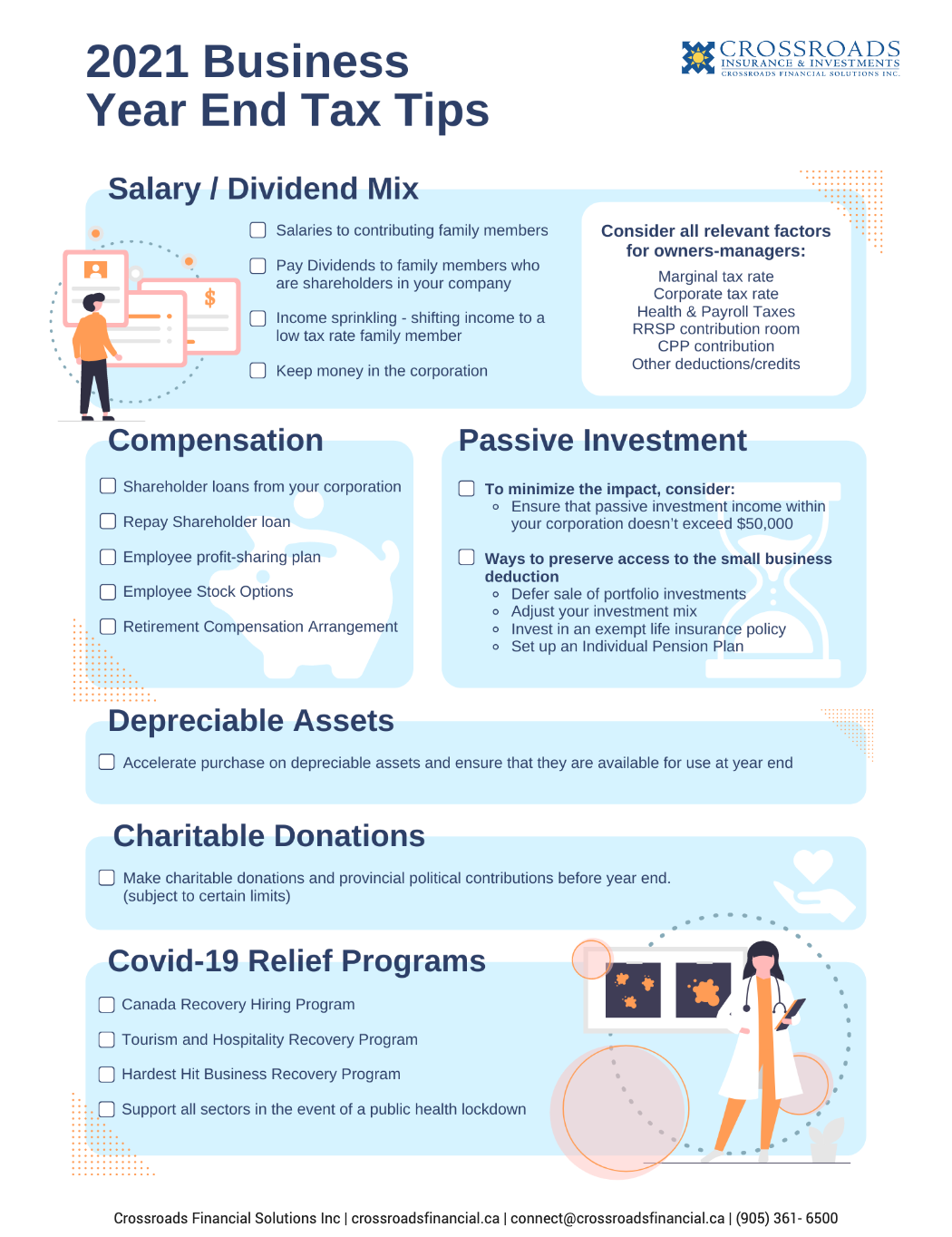-Crossroads%20Financial-Solutions%20Inc-eM8TzTztRfF97Dux6.png)
